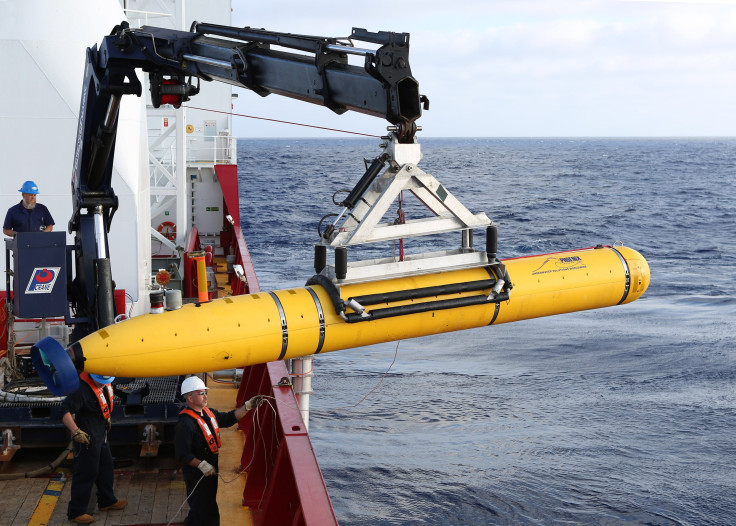Flight MH370 Search To Deploy 'Drone' To Check Underwater Spots For Missing Plane Debris

Investigators hunting for debris from missing Malaysia Airlines Flight 370 are about to be joined by a mechanical teammate. In the Australian Transport Safety Bureau's weekly operational update on the MH370 search released Wednesday, officials revealed they were installing a robot on one of the two vessels scanning the ocean floor for wreckage. The Associated Press called it a "drone."
The Dong Hai Jiu 101 was in Fremantle this week being set up with the Remora III, a remotely operated vehicle with video cameras and high-tech sensors. Its mission is to "reacquire and investigate, through video imaging, a range of sonar contacts which have been identified during previous deep tow operations," according to the bureau.
Essentially, the drone will go back to certain areas found by the search vessels and give them a more thorough look.
The bureau has put the sonar contacts into three categories based on how likely they are to be significant to the MH370 search. There have been only two classification 1 sonar contacts — one was a rock field, and the other was a shipwreck. As of last year, investigators had found more than 20 classification 2 contacts and more than 400 classification 3 ones.
None of the sites due to be checked over by the drone fall under classification 1, according to the update.
The Remora III has been previously involved in the search for MH370. This past April, investigators deployed the vehicle to look for a towfish, or piece of scanning equipment, that was lost when its cable broke, according to Subsea World News.
MH370 and its 239 passengers disappeared en route from Kuala Lumpur to Beijing in March 2014. Authorities have been looking for the Boeing 777 since then, focusing on a 120,000-square-kilometer area of the Indian Ocean.
The sweep has been delayed several times by bad weather. Once scheduled to end in December, the finish date has now been pushed back to "around January/February 2017," according to the update.
© Copyright IBTimes 2024. All rights reserved.












